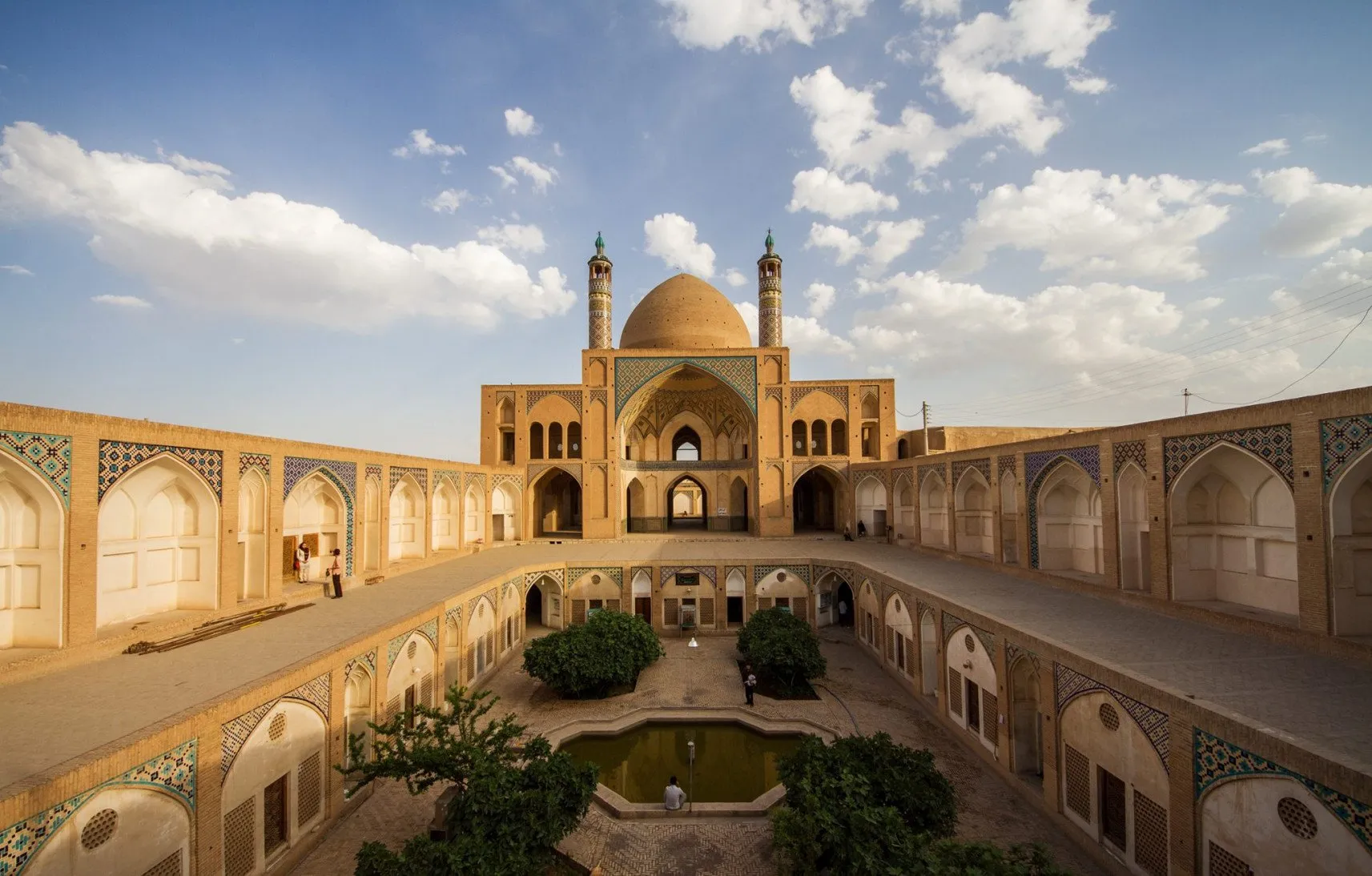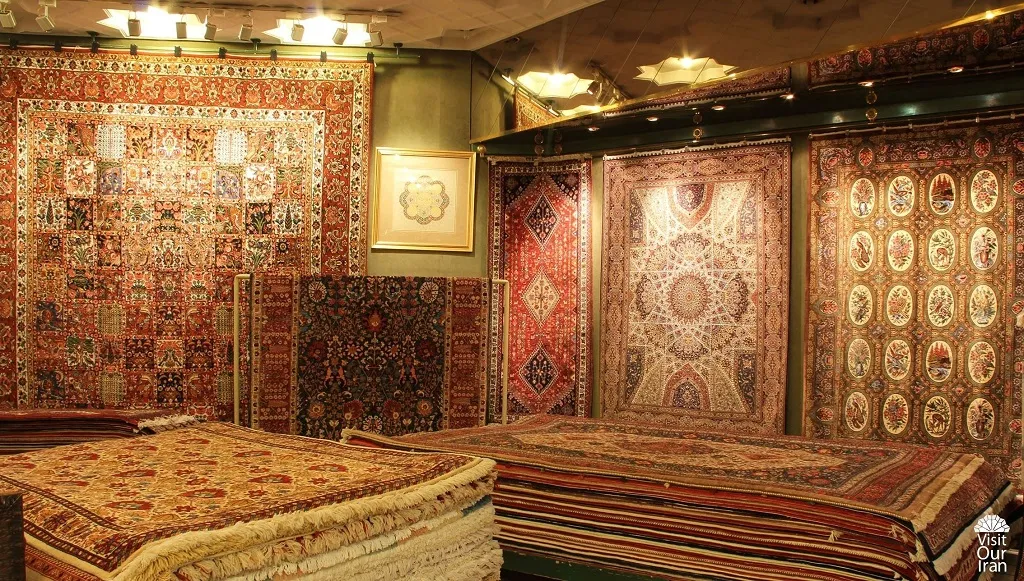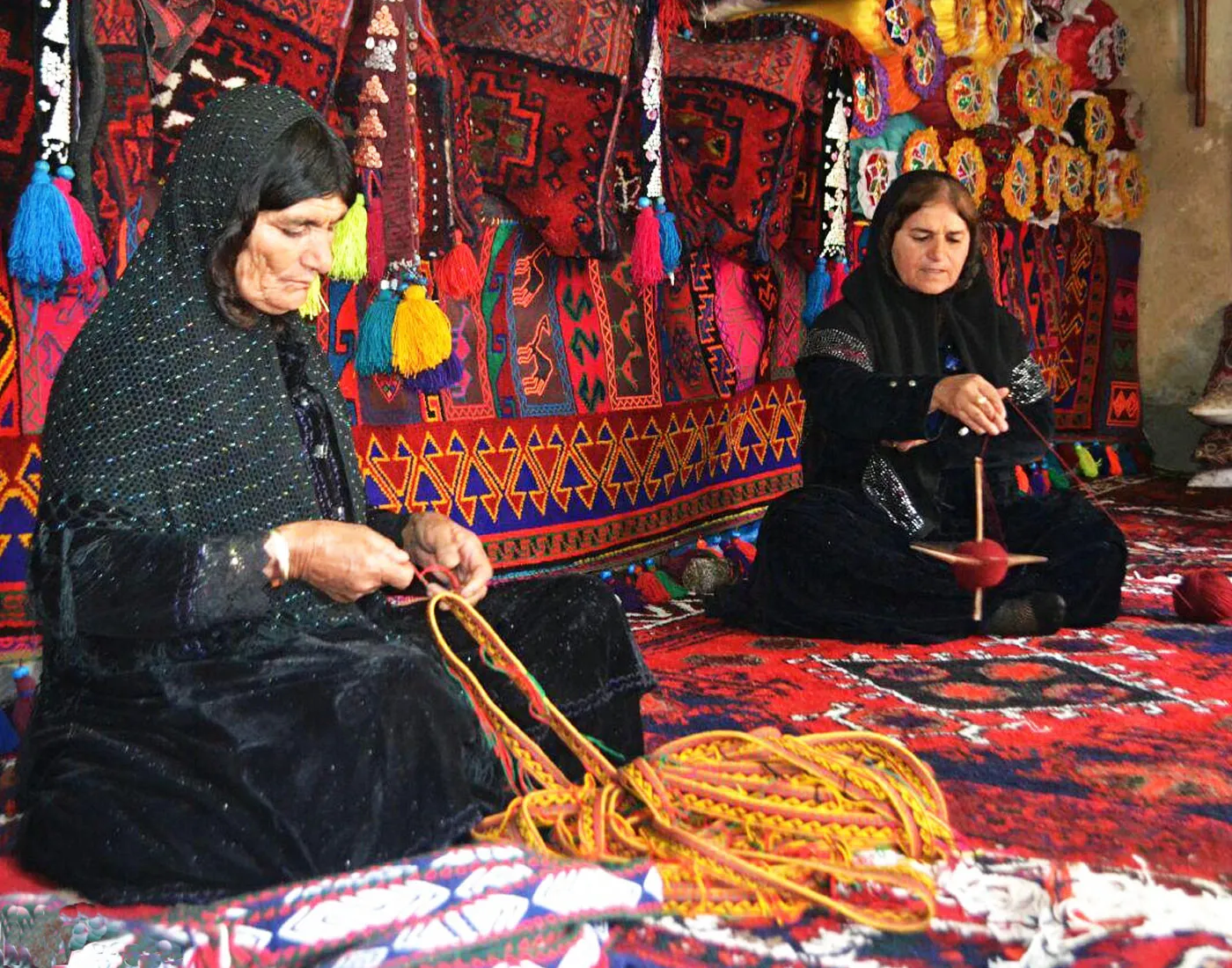Exploring Persian carpets is like diving into a world of art, history, and culture. Renowned for their unparalleled beauty and exquisite craftsmanship, Persian carpets have captivated hearts and adorned homes for centuries, serving as functional floor coverings and stunning works of art. Originating from the cradle of civilization in ancient Persia, now modern-day Iran, these carpets showcase the region’s rich cultural heritage and artistic ingenuity, weaving together stories of tradition, symbolism, and craftsmanship passed down through generations.
Each Persian carpet is a masterpiece, meticulously handcrafted by skilled artisans who employ centuries-old techniques and a profound understanding of design and color. From the grandeur of the royal courts to the humble abodes of villagers, these carpets have transcended social boundaries, serving as symbols of wealth, prestige, and hospitality. As we delve deeper into the world of Persian carpets, we unravel a narrative woven with threads of tradition, symbolism, and artistic expression, inviting us to appreciate the beauty underfoot and the cultural significance within each intricate knot and pattern.
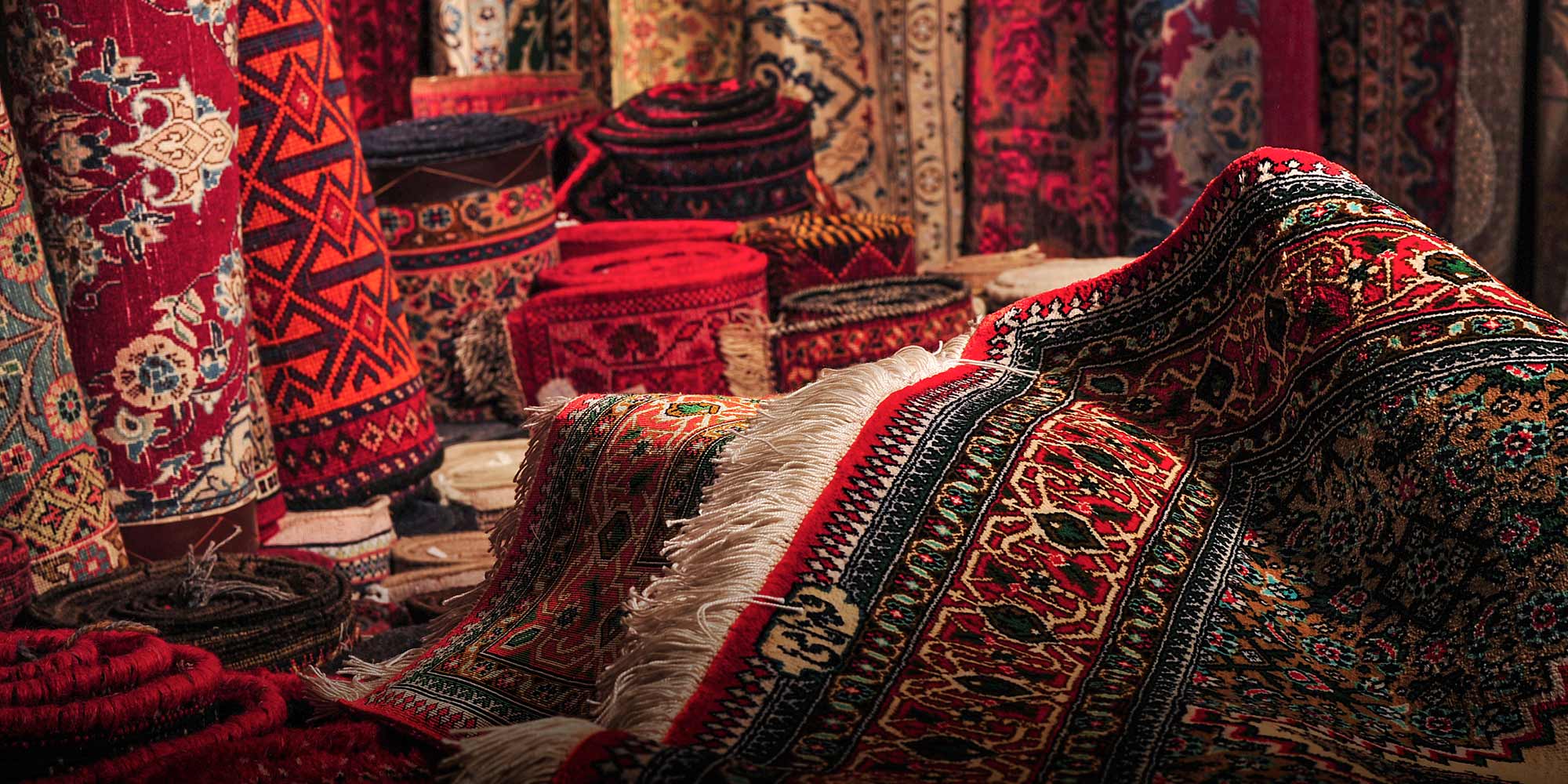
Persia’s Enduring Legacy: The Heart of Oriental Carpets
Oriental carpets represent the rich tradition and craftsmanship woven across various countries in the Middle East and Asia. From the intricate designs of Turkish rugs to the vibrant hues of Afghan kilims, each region infuses its unique cultural identity into these timeless floor coverings. Yet, at the heart of this diverse landscape lies Iran, formerly known as Persia, where the art of carpet weaving has flourished for millennia. Renowned worldwide for their unparalleled quality and beauty, Persian carpets stand as the epitome of Oriental carpet craftsmanship, serving as a testament to the region’s rich artistic heritage.
Iran’s influence in Oriental carpets extends far beyond its borders, with Persian designs inspiring artisans across the region and beyond. Countries like Turkey, Afghanistan, and Pakistan have all developed their distinct styles, yet they often pay homage to the intricate motifs and techniques that originated in Iran. Despite the geographical diversity of Oriental carpet production, Iran remains the beating heart of this ancient craft, preserving age-old traditions while continuously innovating to meet the demands of modern consumers.
The Timeless Legacy of Persian Carpets
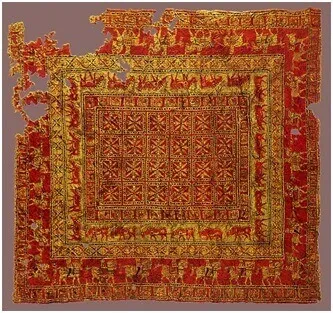
The story of Persian carpets unfolds like a treasure trove of ancient artistry and cultural heritage, with its roots reaching back over two millennia. Among the earliest glimpses into this rich tradition lies the remarkable discovery of the Pazyryk carpet, a masterpiece woven around 500 B.C. This extraordinary find, unearthed from a chieftain’s tomb in 1949, offers a rare window into the intricate craftsmanship of ancient Persian rugs. Preserved within the icy depths of time, its intricate design and durable wool fibers showcase old weavers’ remarkable skill and attention to detail.
While the Pazyryk carpet stands as a testament to the artistry of its time, historical records from the Sassanid period (circa 200 – 600 B.C.) provide further insights into the early documentation of Persian rugs. Accounts of luxurious carpets adorning the court and palaces of Cyrus the Great illuminate the esteemed status of these woven treasures throughout ancient civilizations. As Persian rug-making evolved over the centuries, it flourished during the Islamic Golden Age (8th-13th century), witnessing advancements in design and technique that laid the foundation for the intricate motifs and patterns still admired today.
Throughout the Seljuq, Mongol, and Ilkhanid periods (11th-14th century), Persian rug-making experienced regional diversification, with skilled weavers migrating across the landscape and contributing to the development of distinct styles. However, Persian carpet weaving reached its zenith during the Timurid and Safavid era (15th-18th century). Royal workshops produced exquisite rugs coveted by elites worldwide, cementing the reputation of Persian carpets as symbols of wealth, prestige, and artistic excellence. Today, the legacy of Persian carpet weaving endures as a cherished aspect of Iran’s cultural heritage, with its intricate designs and enduring craftsmanship captivating admirers around the globe.
The Global Journey of Persian Carpets
With their intricate designs and vibrant colors, Persian carpets have transcended time and borders to become cherished works of art admired worldwide. Their journey through history is intricately woven with the threads of trade, cultural exchange, and artistic innovation. References in ancient Greek and pre-Islamic documents attest to the enduring legacy of Persian carpet weaving, showcasing its presence throughout the annals of human civilization.
A pivotal moment in the evolution of Persian carpets came with the flourishing of the Silk Road, a huge network of trade routes connecting civilizations across Eurasia. This historic exchange facilitated the migration of silk-weaving techniques from China to Persia, where they underwent a remarkable transformation, giving rise to the elaborately detailed carpets that captivate us today. As Persian carpets traversed the Silk Road, they became vessels of cultural fusion, embodying the rich tapestry of Eastern and Western influences that characterized this ancient trade route.
Crafted from top-quality silk and dyed wool, Persian carpets epitomize luxury and elegance, symbolizing sophistication and prestige throughout the ages. Their exquisite beauty and impeccable craftsmanship have earned them admirers across continents, fueling their spread far beyond the borders of Persia. From the palaces of kings to the humble abodes of everyday people, Persian carpets have adorned homes and spaces with their timeless allure, leaving a spectacular mark on the fabric of human history.
Today, the legacy of Persian carpet-making techniques is a testament to their enduring appeal and remarkable beauty. From the iconic medallions and floral motifs to the intricate borders and symbolic designs, Persian carpets continue to enchant admirers with their rich cultural heritage and artistic excellence. As they adorn homes and spaces around the globe, Persian carpets remind us of the enduring legacy of the Silk Road and the enduring spirit of cultural exchange that binds humanity together.
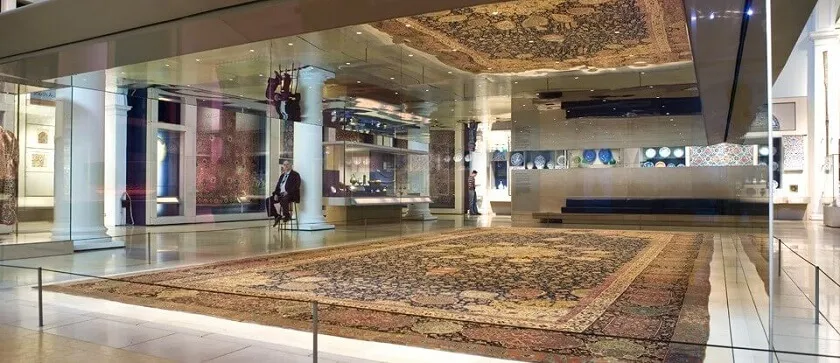
The Diversity of Persian Carpets
Persian carpets, celebrated for their intricate designs and masterful craftsmanship, embody and represent a rich culture and reflect the unique identities of Iran’s regions, cities, and tribes in various rug styles. From the majestic medallions of Tabriz to the delicate motifs of Isfahan, each carpet tells a story of tradition and heritage passed down through generations.
Among the many cities, villages, and tribes of carpet weavers in Iran, each possesses its distinct style, design, and texture, contributing to the rich mosaic of Persian carpet artistry. In the northeast, Turkmen carpets boast symmetric designs with deep reds and blues. At the same time, in the northwest, cities like Tabriz and Ardabil showcase elaborate patterns and the addition of silk to their textures, resulting in breathtaking garden and figure designs.
Venturing further south, the carpets of Isfahan, Qom, Kashan, and Naeen captivate with their prevalent medallion and corner designs, often featuring intricate imitations of mosque architecture. Meanwhile, the city of Kerman stands out for its high-quality carpets adorned with exquisite garden and vase motifs, earning them the reputation of being as impeccable as the city’s renowned craftsmanship. The saying “You look so well, just like a Kerman carpet!” is a testament to their enduring quality and beauty.
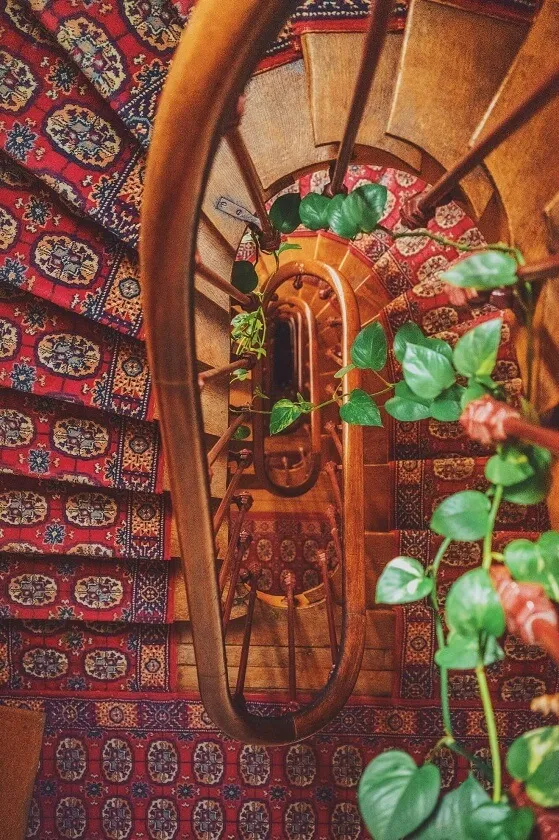
Throughout history, nomadic tribes like the Qashqais have woven their unique traditions into Persian carpets, blending symmetric and animal designs with unparalleled artistry. Today, Qashqai carpets continue to captivate with their diverse textures and timeless appeal, making them a sought-after trend in interior design. From the plains to the mountains, Persian carpets weave a story of cultural exchange and artistic expression, bridging the past with the present and captivating admirers around the globe.
The Popularity of Persian Carpets
Persian carpets have captivated hearts and adorned homes for centuries, earning a reputation as coveted treasures for their beauty, craftsmanship, and cultural significance. Across continents and cultures, these exquisite floor coverings have transcended time to become enduring symbols of luxury and sophistication.
One of the important factors for the popularity of Persian carpets is their unparalleled beauty and intricate designs. Crafted with meticulous attention to detail, each carpet has a story to tell via its motifs, colors, and patterns, reflecting the rich tapestry of Persian art and culture. From the majestic medallions of Tabriz to the delicate floral motifs of Isfahan, Persian carpets boast a diversity of styles that appeal to a wide range of tastes and preferences.
Moreover, Persian carpets are prized for their exceptional craftsmanship and quality materials. These carpets are crafted using traditional techniques passed down through generations. They are made from top-quality wool, silk, and natural dyes, ensuring durability and longevity. The meticulous process of weaving a Persian carpet imbues each piece with a sense of authenticity and artistry that sets them apart from mass-produced alternatives.
Another factor contributing to the popularity of Persian carpets is their cultural significance and heritage. Rooted in ancient traditions and symbols, Persian carpets embody the spirit of Persian civilization, serving as tangible expressions of identity and pride. Whether displayed in palaces, mosques, or homes, these carpets evoke a sense of history and tradition that resonates with admirers worldwide.
Furthermore, the global appeal of Persian carpets is bolstered by their versatility and adaptability to various interior styles. Persian carpets add warmth, elegance, and character to any room, Whether as statement pieces in grandiose settings or as cozy accents in contemporary spaces. Their timeless allure transcends trends and fads, making them enduring investments that stand the test of time.
The popularity of Persian carpets can be attributed to their timeless beauty, exceptional craftsmanship, cultural significance, and versatility. As cherished treasures embodying Iran’s rich heritage, Persian carpets continue to enchant and inspire admirers worldwide, ensuring their place as prized possessions for future generations.
The Price of Prestige: Why Are Persian Carperts Expensive?
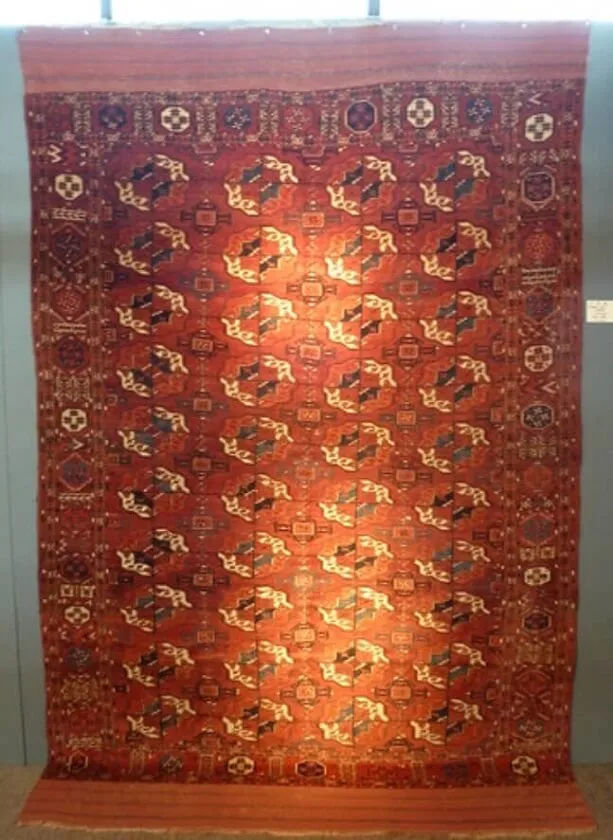
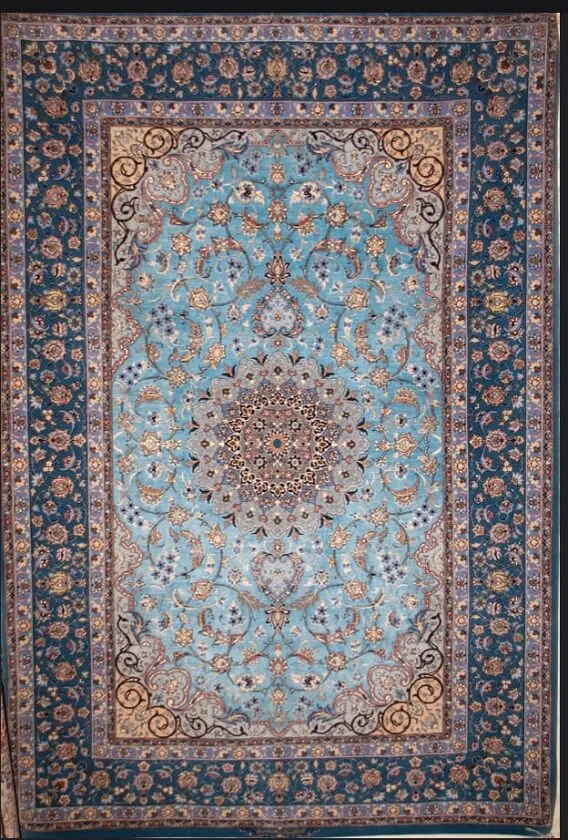
Persian carpets are renowned for their beauty, craftsmanship, and cultural significance, but their popularity also comes with a price tag reflective of their exceptional quality and artistry. Several factors contribute to the high cost of Persian carpets, making them luxury investments sought after by collectors and enthusiasts alike.
Firstly, the labor-intensive nature of carpet weaving plays a significant role in their expense. Persian carpets are meticulously hand-woven by skilled artisans, a process that can take months or even years to complete, depending on the design’s size, complexity, and intricacy. Each knot is tied by hand with precision and care, requiring immense skill and attention to detail. The time and effort invested in crafting a Persian carpet contribute to its high cost, as artisans are compensated for their expertise and craftsmanship.
Additionally, using premium materials adds to the expense of Persian carpets. Traditional Persian carpets are made from high-quality wool, silk, and natural dyes sourced from local plants and minerals. These materials are meticulously selected for their durability, colorfastness, and aesthetic appeal, resulting in carpets that look beautiful and stand the test of time. The expense involved in sourcing and processing these premium materials is reflected in the final price of the carpet.
Furthermore, the cultural heritage and prestige of Persian carpets contribute to their value. Persian carpets are not just decorative items but symbols of Persian artistry, tradition, and identity. As such, they are often regarded as heirlooms and investments, passed down through generations and treasured for their historical and cultural significance. The prestige associated with owning a Persian carpet adds to its desirability and, consequently, its price.
The scarcity of authentic Persian carpets also drives up their cost. While many carpets on the market claim to be “Persian-style” or “Persian-inspired,” genuine Persian carpets are hand-woven in Iran by skilled artisans using traditional techniques passed down through generations. As such, authentic Persian carpets are relatively rare and prized for their authenticity and craftsmanship. The limited supply of genuine Persian carpets contributes to their exclusivity and higher price point.
The high cost of Persian carpets can be attributed to the labor-intensive weaving process, the use of premium materials, their cultural heritage and prestige, and the scarcity of authentic pieces. While they may be expensive, Persian carpets are considered valuable investments that beautify spaces and serve as enduring symbols of craftsmanship and tradition.
Preserving Beauty
Caring for, maintaining, and cleaning Persian carpets is crucial to ensure their lasting beauty and preserve them as the valuable pieces of art they are. This process requires time, attention, and delicacy. Regular maintenance involves gently vacuuming the carpet with a brushless suction head to remove surface dirt and debris. It’s essential to avoid using rotating brushes, since they can harm the delicate fibers of the carpet.
Periodically rotating the carpet helps prevent uneven wear and maintains its integrity over time. If spills or stains occur, you should quickly clean the affected area with a clean, dry cloth to absorb excess moisture and prevent the stain from setting. It’s crucial to avoid rubbing the stain, which can spread it further into the fibers.
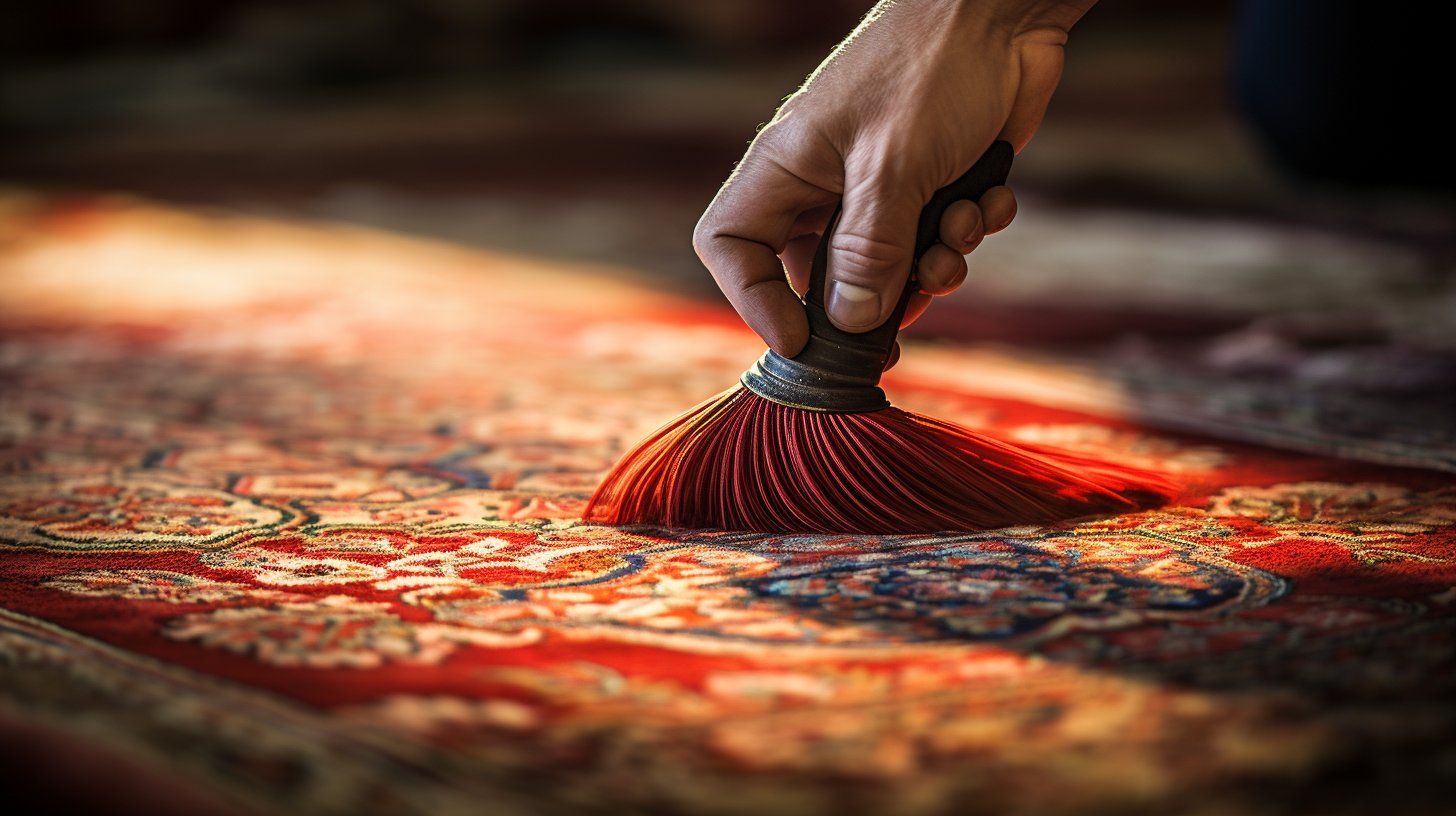
While routine maintenance can effectively address surface dirt and minor spills, deeper cleaning is necessary periodically to remove embedded dirt and refresh the carpet’s appearance. Professional washing by experienced rug cleaners is recommended every few years to ensure thorough cleaning while preserving the carpet’s intricate designs and vibrant colors. By dedicating time and attention to the care and maintenance of Persian carpets, owners can enjoy their beauty for years to come and pass them down as treasured heirlooms for future generations to admire.
Where to Find Persian Carpet Treasures in Iran: A Shopper’s Guide
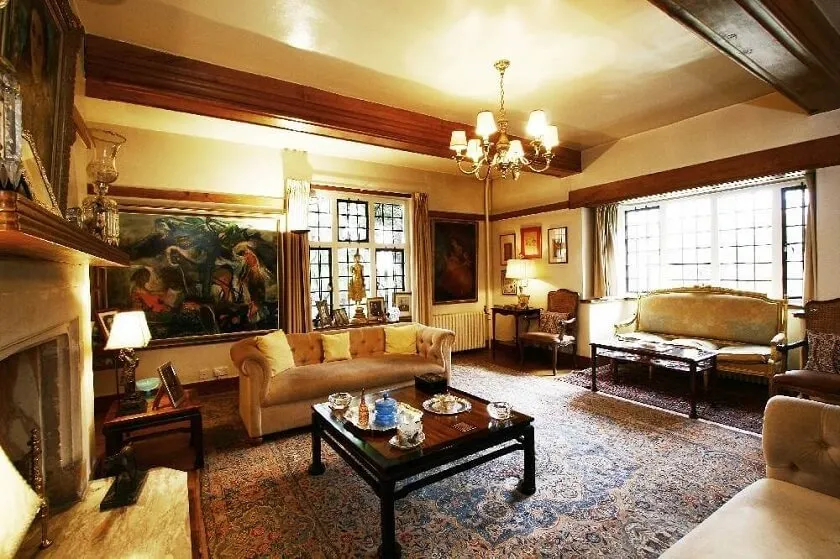
In Iran, purchasing Persian carpets is an immersive experience that often involves exploring bustling bazaars, visiting specialized carpet shops, or engaging directly with local artisans. Here are some familiar places where you can buy Persian carpets in Iran:
Bazaars: Iran’s vibrant bazaars, such as the Grand Bazaar in Tehran, the Bazaar of Isfahan, and the Vakil Bazaar in Shiraz, are bustling marketplaces with a wide selection of Persian carpets. Navigating through the maze-like alleys, you’ll encounter numerous carpet shops offering an array of styles, sizes, and designs.
Carpet Workshops: Many cities and towns in Iran are home to carpet workshops where skilled artisans hand-weave Persian carpets using traditional techniques. Visiting these workshops not only allows you to witness the craftsmanship firsthand but also allows you to purchase carpets directly from the artisans themselves.
Carpet Galleries: Major cities like Tehran, Isfahan, and Tabriz boast carpet galleries and showrooms showcasing exquisite Persian carpets. The galleries often feature a curated selection of high-quality carpets, ranging from antique pieces to contemporary designs, providing a more curated shopping experience.
Tourist Areas: In popular tourist destinations like Yazd, Kashan, and Kerman, you’ll find numerous shops and galleries catering to visitors interested in purchasing Persian carpets. These shops typically offer various options to suit different tastes and budgets, making them convenient places to shop for souvenirs.
Carpet Exhibitions and Fairs: Throughout the year, Iran hosts various carpet exhibitions and fairs where carpet dealers and artisans gather to showcase their finest creations. These events, such as the Iran Carpet Expo in Tehran, provide a unique opportunity to browse a diverse selection of carpets from different regions of Iran.
Expert Guidance for Discovering Persian Carpets
No matter where you choose to purchase your Persian carpet in Iran, it’s crucial to approach the process with care and attention to detail. Explore different options, ask questions, and thoroughly inspect each carpet before deciding. With patience and a discerning eye, you’ll be able to find the perfect Persian carpet that not only enhances your home but also serves as a cherished memento of your time in Iran.
If you need help figuring out where to start or which carpet to choose, feel free to contact us. Our team is here to provide expert advice and consultation to assist you in navigating the world of Persian carpets. Whether you’re seeking recommendations on where to buy or guidance on selecting the ideal carpet for your space, we’re dedicated to helping you find the perfect piece of art to complement your home.
Conclusion
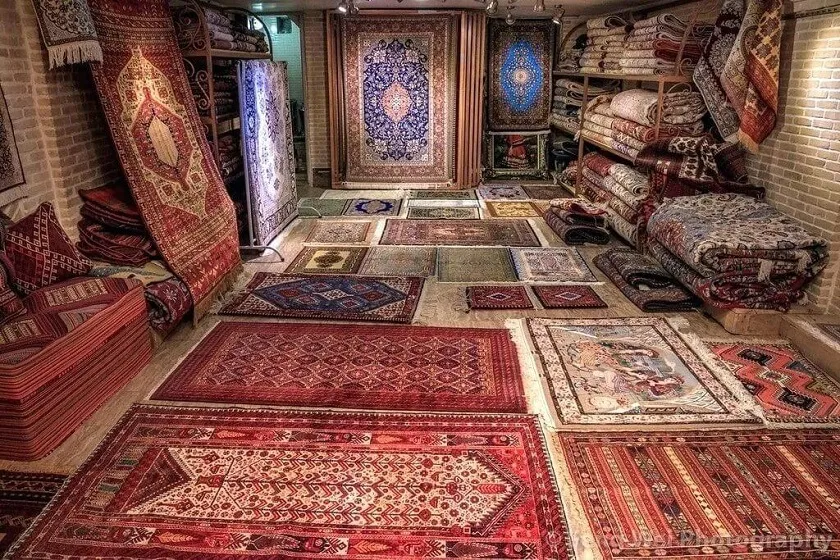
In closing, delving into the world of Persian carpets is not merely a journey through exquisite floor coverings; it’s an exploration of centuries-old artistry, cultural significance, and timeless beauty. From the ancient roots of carpet weaving to the busy bazaars of modern-day Iran, the story of Persian carpets is a testament to human creativity, craftsmanship, and ingenuity.
As we admire the intricate designs, vibrant colors, and rich textures of these carpets, we also glimpse into the soul of Iran, where tradition and innovation intersect to create masterpieces that transcend time and place. Whether adorning the floors of palaces, mosques, or homes, Persian carpets continue to enchant and inspire with their enduring allure, serving as tangible reminders of Iran’s rich cultural heritage and artistic legacy. So, the next time you encounter a Persian carpet, take a moment to appreciate the stories woven into its threads, for in each knot lies a piece of history waiting to be unraveled.
